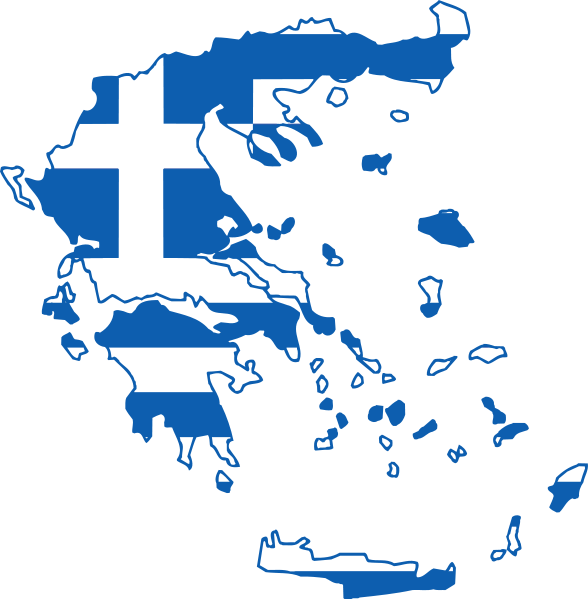
A diplomatic row is brewing in the Aegean Sea, as Turkey—in a move widely anticipated by Greece—unveiled its own controversial maritime map on Monday. The newly revealed Turkish map is a bold declaration, effectively slicing the Aegean in half.
This came as a direct “tit-for-tat” response to Athens’ declared intention to establish a marine protected area in the South Aegean, a process expected to begin this month. In April, Greece officially introduced its Maritime Spatial Planning (MSP), establishing a clear, detailed framework for the organization and use of its maritime zones. This move sets national guidelines for the sustainable development of Greece’s marine space, aligning with European Union directives and international maritime law.
Ankara has already conveyed its version of an eastern and central Aegean marine uses map to UNESCO, signaling its next step will be to formally notify the United Nations, the international body for such submissions.
It underscores Turkey‘s long-standing and exceptionalist view that a significant portion of the sea constitutes its future continental zone. Crucially, this perspective dramatically minimizes the maritime influence of the numerous Greek islands east of an imaginary dividing line, asserting their reach extends only to their immediate six-nautical-mile territorial waters.

Turkey’s maritime map splits the Aegean in half
This latest display traces a striking red line from the Evros Delta on the Greek-Turkish land border, stretching southward through the Aegean to below the Dodecanese Islands. This line essentially delineates what Ankara claims as the “midpoint” between Asia Minor and the Greek mainland.
Turkey, which notably does not apply the UN Convention on the Law of the Sea (UNCLOS) in the Aegean, has consistently argued that Greek islands possess no geographical influence beyond their narrow territorial seas.
Beyond this contentious territorial claim, the Turkish map highlights other points of friction. Diagonal lines in the Eastern Mediterranean mark hydrocarbon exploration concessions awarded by Turkey’s state oil company (TPAO).
Additionally, areas marked in pink indicate where Turkey claims the right to maintain permanent military firing ranges. Finally, a black line passes north of Crete, Greece’s largest island, then continues northward towards the Dardanelles in international waters, described as an undersea “cable.”
Athens was quick to react. Just hours after Turkey’s publication, Greece’s foreign ministry issued a sharp rebuttal. It was emphasized that while the Turkish map was a response to a Greek plan already part of the European acquis, the crucial difference lies in its legality.
The Greek ministry stated that the Turkish map “has no basis in international law, as it attempts to usurp areas of Greek jurisdiction, and is not addressed to an international organization that imposes an obligation to post such relevant maps.”
Therefore, Athens concluded, it “does not produce any legal effect and is simply a reflexive reaction of no substance.” Greece affirmed its commitment to its principled policy and urged Turkey to abandon “maximalist claims,” which it believes are intended for internal consumption. Greece pledged to “take all appropriate action in international forums.”


_90749-370x297.jpg)



